Freshly Squeezed! The Baggot Street Guide to Orange Wine
Freshly Squeezed! The Baggot Street Guide to Orange Wine
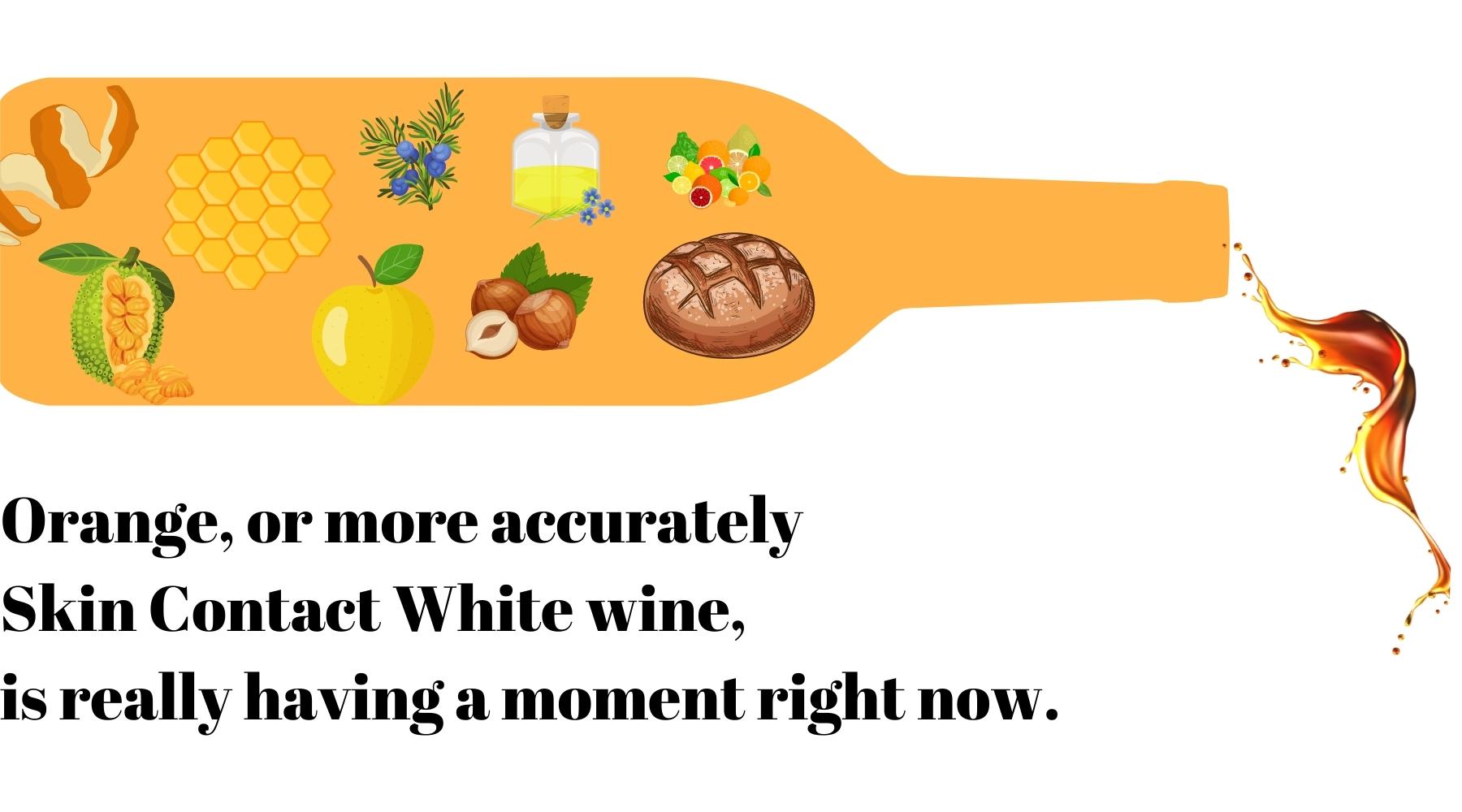
|
Freshly Squeezed! The Baggot Street Guide to Orange Wine |
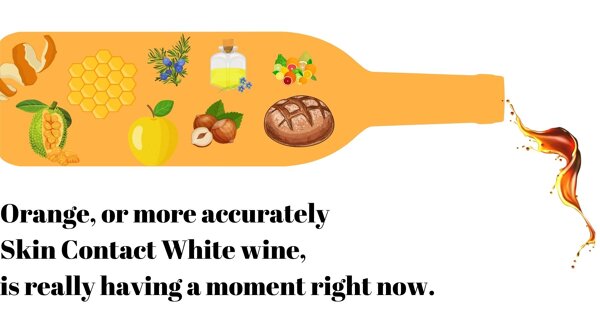
|
Although it's been on our shelves for several years, we've noticed a recent surge of interest in the category from a whole variety of different customers. The term can cause some confusion so we thought we'd use this newsletter to act as a short explainer and to highlight some of our favourite orange wines on the shelves of Baggot Street Wines & Spirits.
The question we're most likely to receive is typically "is orange wine made from oranges?". A pretty reasonable question considering the term, but the answer is no. Orange Wine is in fact made from regular white wine grapes, but instead of removing the grape skins once the grapes are pressed they're left to sit in the juice for a period of time determined by the winemaker. This is normal for red wine and it's how you end up with the ruby red hues we're all used to. When you do this with most white grapes, you end up with a wine that looks, you guessed it, orange. So this is how the name came to be, but it's not without critics, many winemakers use the term Skin Contact White or even Amber Wine. (We have one new bottle that really looks closer to brown when poured..).
So how does all this affect the taste, well that really depends on what the winemaker wants. Some styles, such as the very approachable 'Uivo Curtido' (one of our most popular Orange Wines) have lovely light flavours with very subtle tannin, whereas something like Ageno by La Stoppa is big and bold with lots of citrus peel aromas and heaps of Tannin. You might think (like I did) that this is directly related to how long the wine is allowed to sit on the skins, but like everything in winemaking it's not that simple and can depend on a variety of factors such as the grape variety and type of vessel used for the fermentation.
If you're an orange wine sceptic you're probably already thinking, isn't this just a fad, surely this wine serves no purpose other than being trendier than a regular white wine. In the earlier days of this wave of orange wine you many have been correct, but thankfully the category has blossomed and the winemakers have honed their skills. This means the Orange wines available now offer real benefits that you can't find in regular white versions of the same grape, such as tannin and richer flavours and body. They also open up potential food pairings options for white grapes that would not otherwise be appropriate.
We're always expanding our Orange Wine selection but we've decided to highlight 3 essential bottles that we believe capture the different styles of Orange wine available on the market:
Uivo Curtido
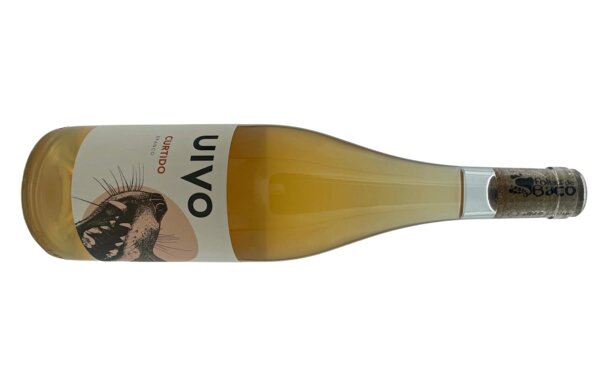
|
This is a wonderfully approachable style of Orange wine and a great introduction to the category. The lovely flavours of lychee and tangerine are complemented by the pleasant tannin tension and medium acidity, leading to a refreshing finish.
Bianco de Ampeleia
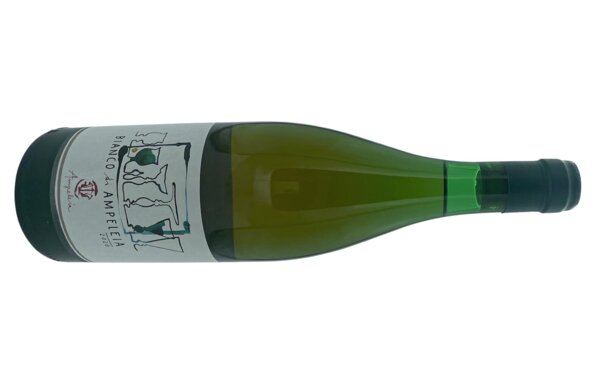
|
A fascinating co-harvested and co-fermented orange wine from the incredible Ampeleia in Tuscany. The grapes are co-fermented in concrete vats, with 7-10 days contact with the skins. It aged on its lees for 6 months in concrete. The wine is pure, showing citrus fruit, wild flowers, acacia and finish with delicate tannins.
Ulterior Naranja
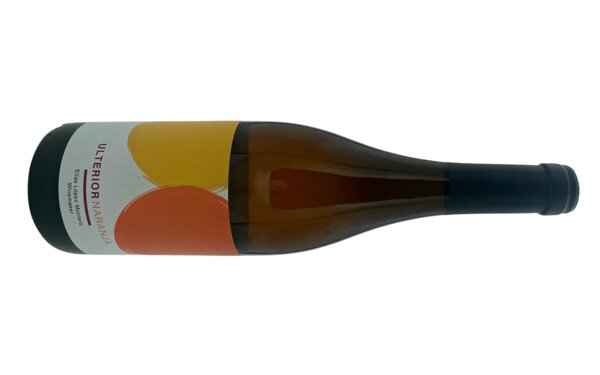
|
A more dense and complex version of an orange wine and a good next step into the category after the Uivo Curtido. A well balanced but noticeable presence of Tannin is complemented by wonderful freshness and ripe citrus flavours. A great example of the food friendly potential of the category.
